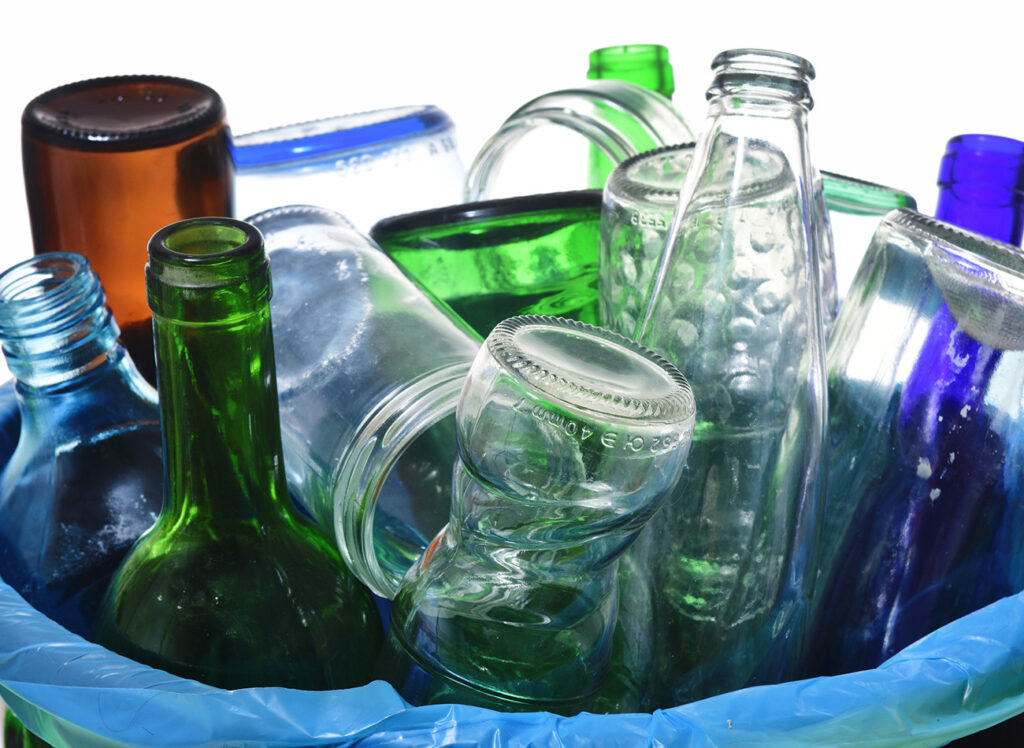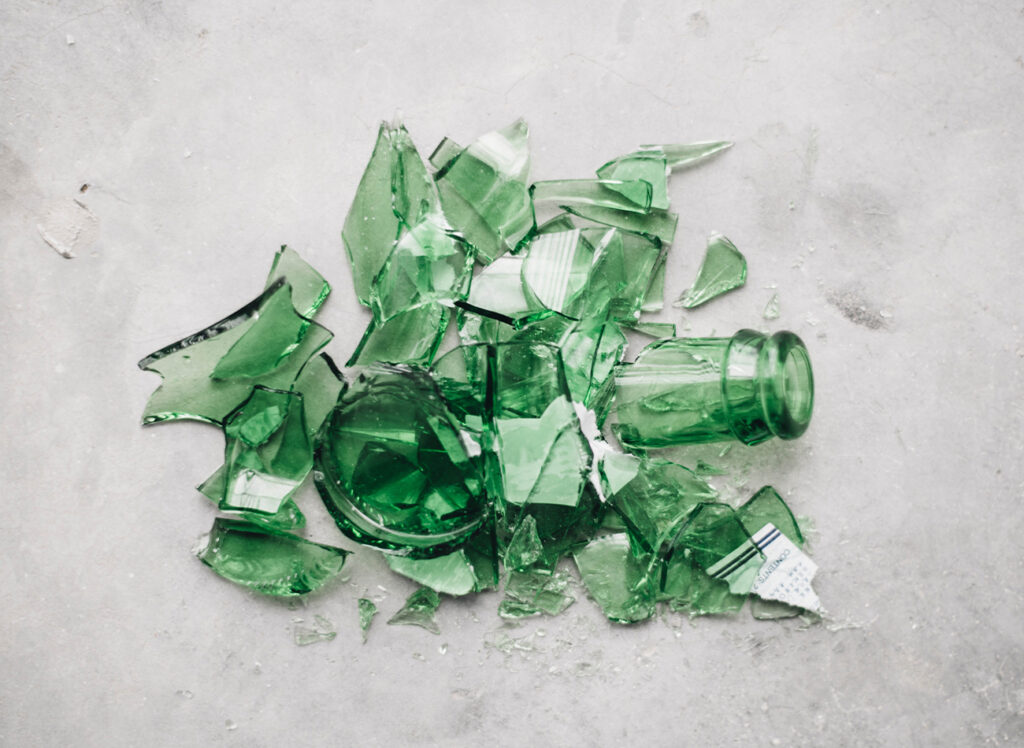Glass Waste

Glass Waste Recycling
Glass waste recycling saves natural resources used for new glass production. Materials used for glass production include natural resources such as sand, soda ash and limestone. Recycling enables these resources to be used more efficiently and reduces natural resource consumption. Glass production is a high-temperature process, and a large amount of energy is used in this process.
Recycling saves energy compared to new glass production by melting and reusing glass waste. Energy saving reduces the consumption of fossil fuels and contributes to the fight against climate change by reducing greenhouse gas emissions. Recycling glass waste reduces the amount of waste in landfills. Glass does not dissolve and does not deteriorate in nature for years, so it takes up space in landfills. Recycling reduces the amount of waste by reusing or recycling glass waste to produce new products.

Proper treatment of glass waste reduces environmental pollution. Glass waste can be harmful to the environment when left in nature or exposed to combustion. Recycling prevents environmental pollution by managing glass waste correctly. Glass waste can be reused through the recycling process. Glass obtained by recycling can be used in the production of new glass, as well as in the production of decorative items, glass containers, insulation materials and other products. In summary, glass waste recycling protects natural resources, saves energy, reduces waste, reduces environmental pollution and provides reuse. As individuals and societies, it is important to include glass waste in the separate collection system and to support the recycling process in order to contribute to a sustainable future.
